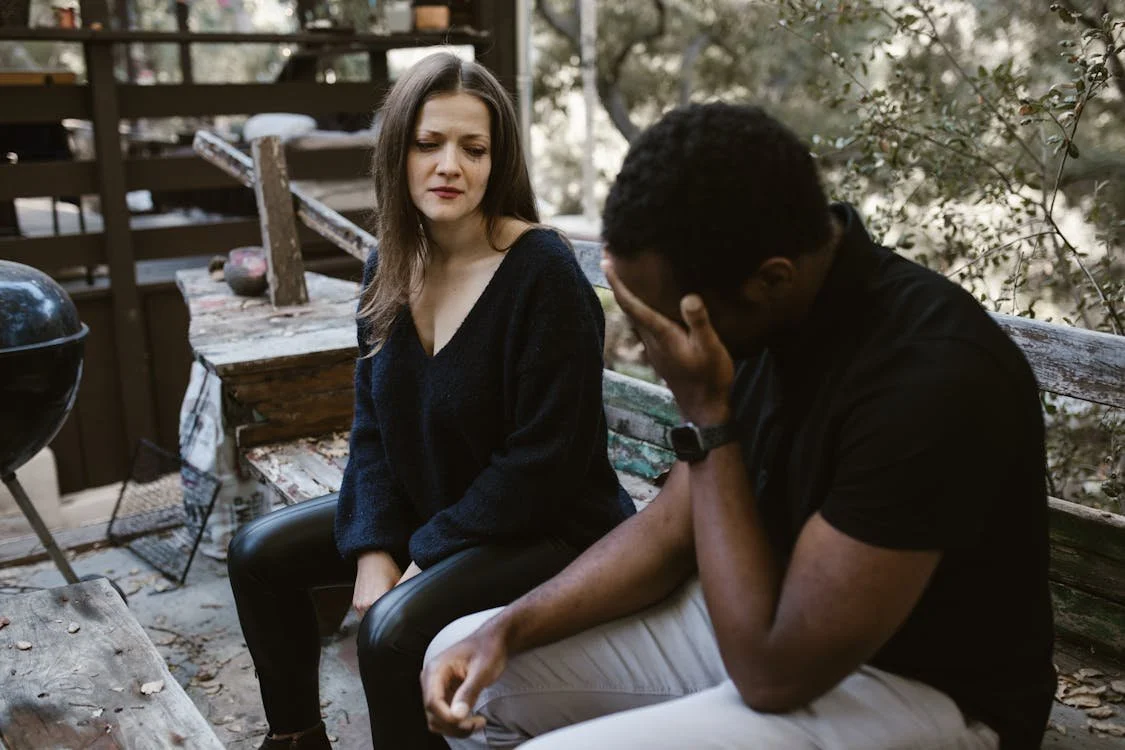How to Handle the Deep Grief After Losing a Parent
Few experiences in life are as painful as losing a parent. Whether the loss was sudden or expected, it can shake your foundation and leave you feeling unmoored. Many people ask themselves, “How to deal with the grief of losing a parent?”—a question that doesn’t have a single answer, because grief is deeply personal.
Still, while everyone’s journey looks different, there are healthy ways to cope, recover, and honor your parent’s memory as you move forward. This guide explores the grieving process, practical strategies for healing, and when to seek professional help.
Understanding Grief After the Loss of a Parent
Grief is the natural response to loss, but losing a parent often feels different from other forms of bereavement. Parents represent security, guidance, and unconditional love. When that bond is severed, it can leave people feeling vulnerable, even in adulthood.
According to grief experts, it’s common to experience a wide range of emotions, sometimes all at once:
Shock and disbelief: Especially if the death was sudden.
Sadness and longing: Missing their presence, voice, or daily rituals.
Guilt: Regretting arguments, things left unsaid, or wishing you had more time.
Anger: At circumstances, doctors, or even at your parent for leaving.
Relief: If they were suffering from a long illness, mixed with guilt for feeling this way.
These feelings can ebb and flow, returning unexpectedly even months or years later. Understanding that these emotions are part of the process, not signs of weakness, can help normalize your grief journey.
Why Losing a Parent Hits So Hard
The grief of losing a parent often feels unique because of the deep emotional bond most people share with them. Parents are often our first teachers, protectors, and role models. Their absence can trigger feelings of identity loss, as if a piece of who you are is gone with them.
Even for adults, the death of a parent can stir up old childhood emotions, making you feel like a lost child again. For some, it also raises questions about mortality and the fragility of life, as the person who once gave you life is no longer there.
Healthy Ways to Cope With the Loss of a Parent
Healing from the death of a parent doesn’t mean “getting over it.” Instead, it’s about finding ways to live with the loss while still moving forward. Here are strategies that can help:
1. Allow Yourself to Grieve Fully
Grief has no timetable. Suppressing emotions might delay healing. It’s okay to cry, feel angry, or admit that you’re not okay. Give yourself permission to process the loss at your own pace.
2. Lean on Support Networks
Talking with siblings, family members, or close friends who knew your parent can be deeply comforting. Sharing stories and memories helps keep their presence alive while reminding you that you’re not alone in your grief.
3. Create Rituals of Remembrance
Light a candle on anniversaries, cook your parents’ favorite meal, or make a scrapbook of memories. These rituals can transform grief into meaningful acts of love and remembrance.
4. Take Care of Your Physical Health
Grief can take a toll on your body, causing fatigue, sleep problems, or appetite changes. Regular exercise, balanced meals, and rest are essential to keeping your body strong while your heart heals.
5. Express Yourself Creatively
Journaling, painting, or even writing letters to your parent can help release emotions that feel too heavy to say out loud. Creative outlets often bring unexpected relief.
6. Seek Professional Support When Needed
If grief feels overwhelming, prolonged, or begins to affect daily functioning, grief counselling or grief therapy may be helpful. A professional can provide coping strategies and a safe space to work through complicated emotions.
The Role of Grief Counselling and Therapy
For many, professional help becomes a turning point in their grief journey.
Grief Counselling: Best for those navigating normal bereavement. Counsellors provide emotional support, normalize the grieving process, and offer coping tools.
Grief Therapy: More suitable when grief becomes complicated or prolonged, interfering with work, relationships, or mental health. Therapists use structured approaches like Cognitive Behavioral Therapy (CBT) to address deeper emotional blocks.
Seeking support isn’t a sign of weakness. It’s a proactive step toward healing and reclaiming balance in your life.
How Long Does Grief Last After Losing a Parent?
One of the most common questions people ask is how long grief will last after losing a parent. The truth is, there isn’t a set timeline. For some, the most intense feelings may ease after a few months; for others, the pain can linger for years.
Psychologists often describe grief as something that changes shape over time rather than disappearing. The sharp intensity usually softens, but certain triggers like birthdays, holidays, or hearing a familiar song can bring waves of sadness even decades later.
Research suggests that acute grief often lasts at least six months, but full adjustment can take one to two years or longer, especially if the relationship with your parent was very close. The process depends on factors such as your support system, your coping strategies, and whether you seek professional help.
The goal isn’t to “get over” the grief but to reach a place where memories bring more comfort than pain. Many people find that grief becomes integrated into their lives, shaping them in ways that allow them to honor their parent while continuing forward.
Common Challenges After Losing a Parent
Grieving the death of a parent often comes with challenges that extend beyond emotional pain:
Family Dynamics: Siblings may grieve differently, which can sometimes cause tension or conflict.
Practical Adjustments: Settling estates, managing household transitions, or supporting the surviving parent can feel overwhelming.
Triggers: Holidays, birthdays, and everyday reminders can spark waves of grief unexpectedly.
Acknowledging these challenges can help you prepare for them, making the journey less overwhelming.
Moving Toward Healing and Acceptance
Healing doesn’t mean forgetting your parent. Instead, it’s about finding ways to keep their memory alive while continuing to build your own life. This may look like:
Carrying on their legacy: Living out the values they taught you, like kindness or resilience.
Finding joy again: Allowing yourself to laugh, celebrate milestones, and embrace life without guilt.
Accepting the “new normal”: Recognizing that life will be different but can still be fulfilling.
Over time, the sharpness of grief softens. What once felt unbearable gradually transforms into a quieter sense of love and remembrance.
Final Thoughts
The grief of losing a parent is unlike any other; it reshapes who we are and how we see the world. But while the pain may never fully disappear, it becomes something you learn to carry with love rather than only sorrow. By allowing yourself to grieve, leaning on support, and seeking professional help if needed, you can find a path toward healing.
If you’re struggling to cope with the loss of a parent, you don’t have to walk through grief alone. Wellman Psychology offers grief counselling in Chicago tailored to help you process your loss, manage overwhelming emotions, and find healthy ways forward. Contact us today to book an appointment and take your first step toward healing.
Feel free to check out our social media links below:
Find out more articles that can help you below:









